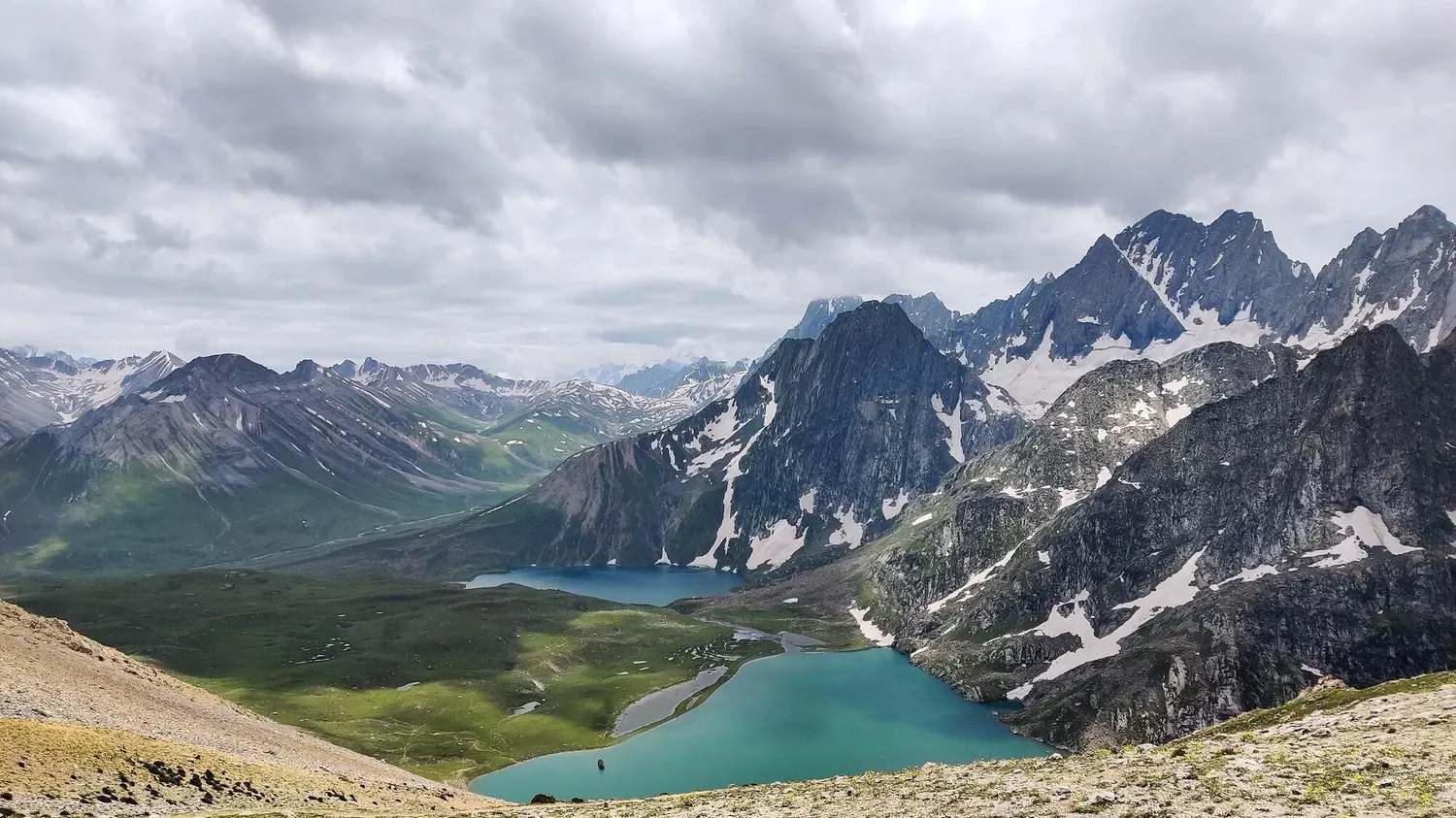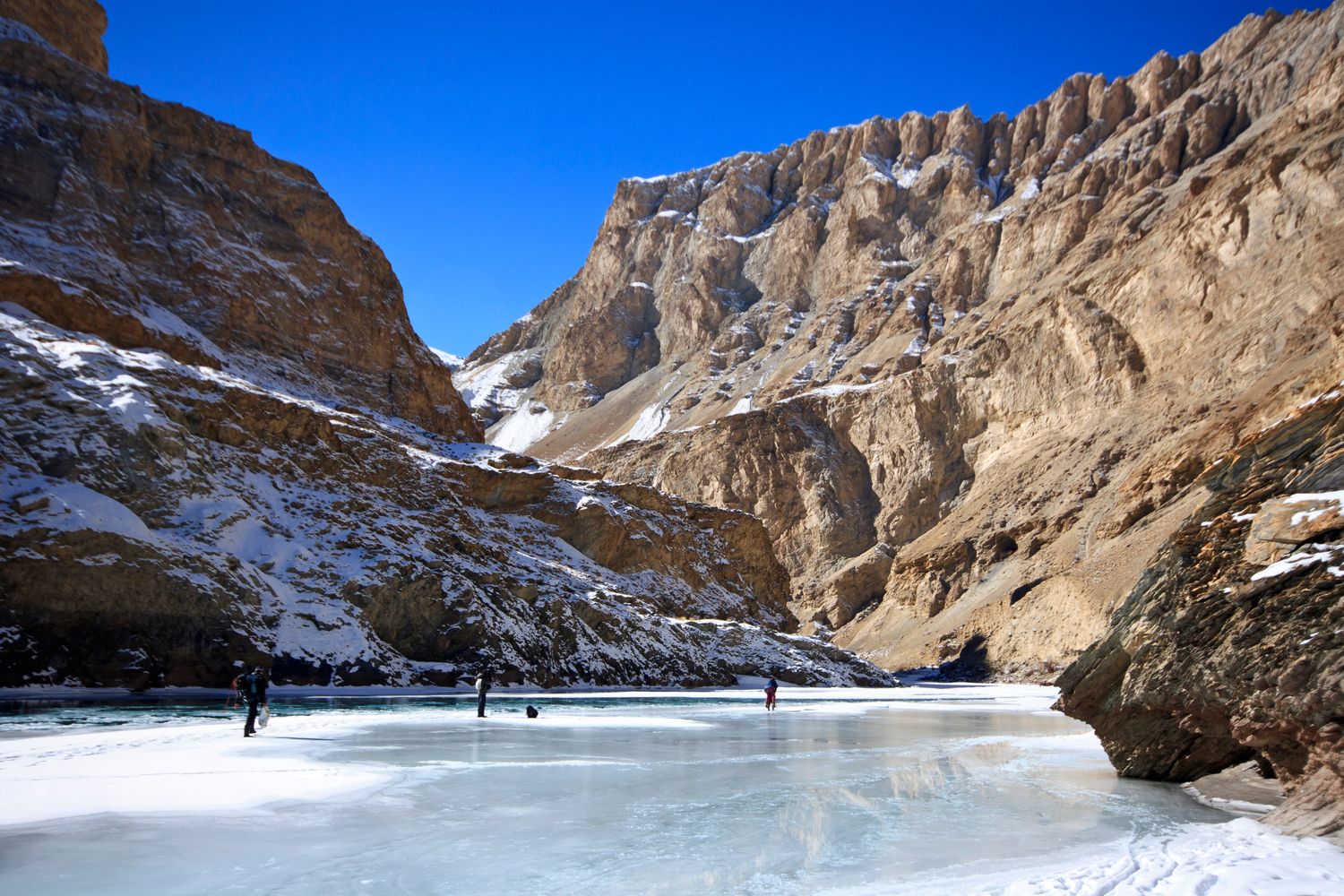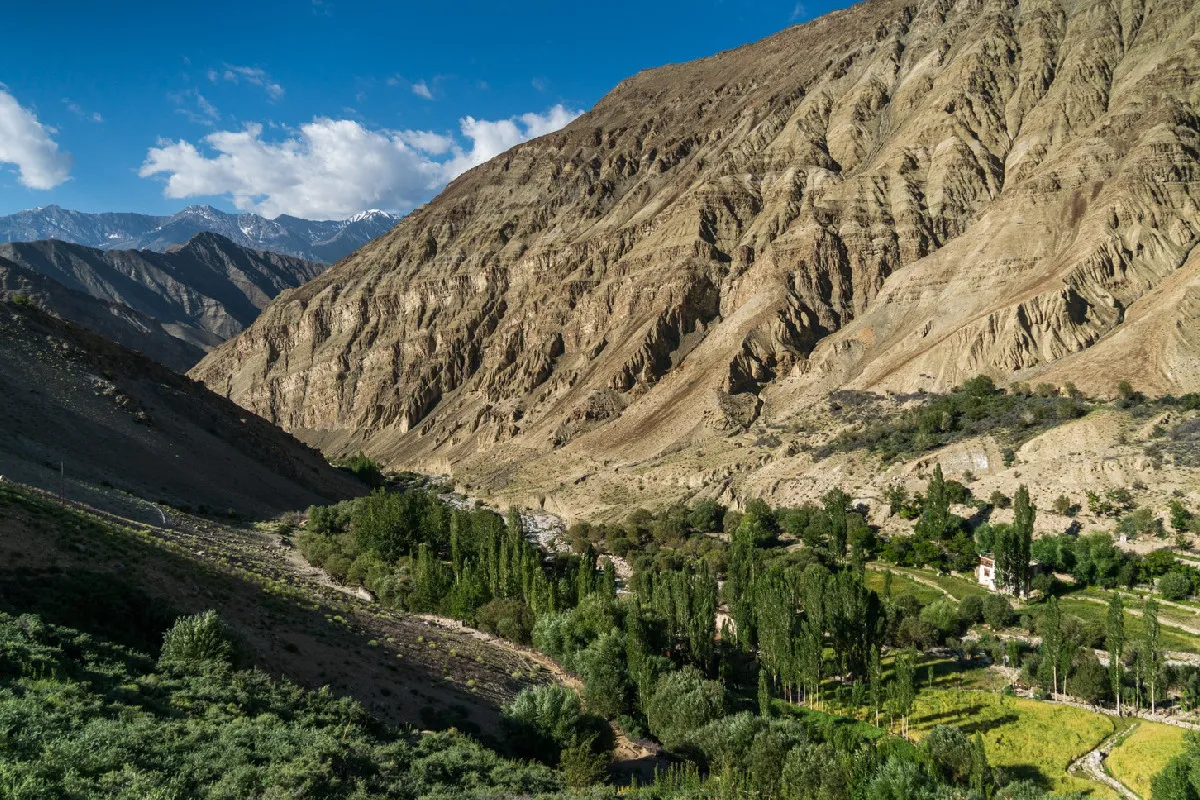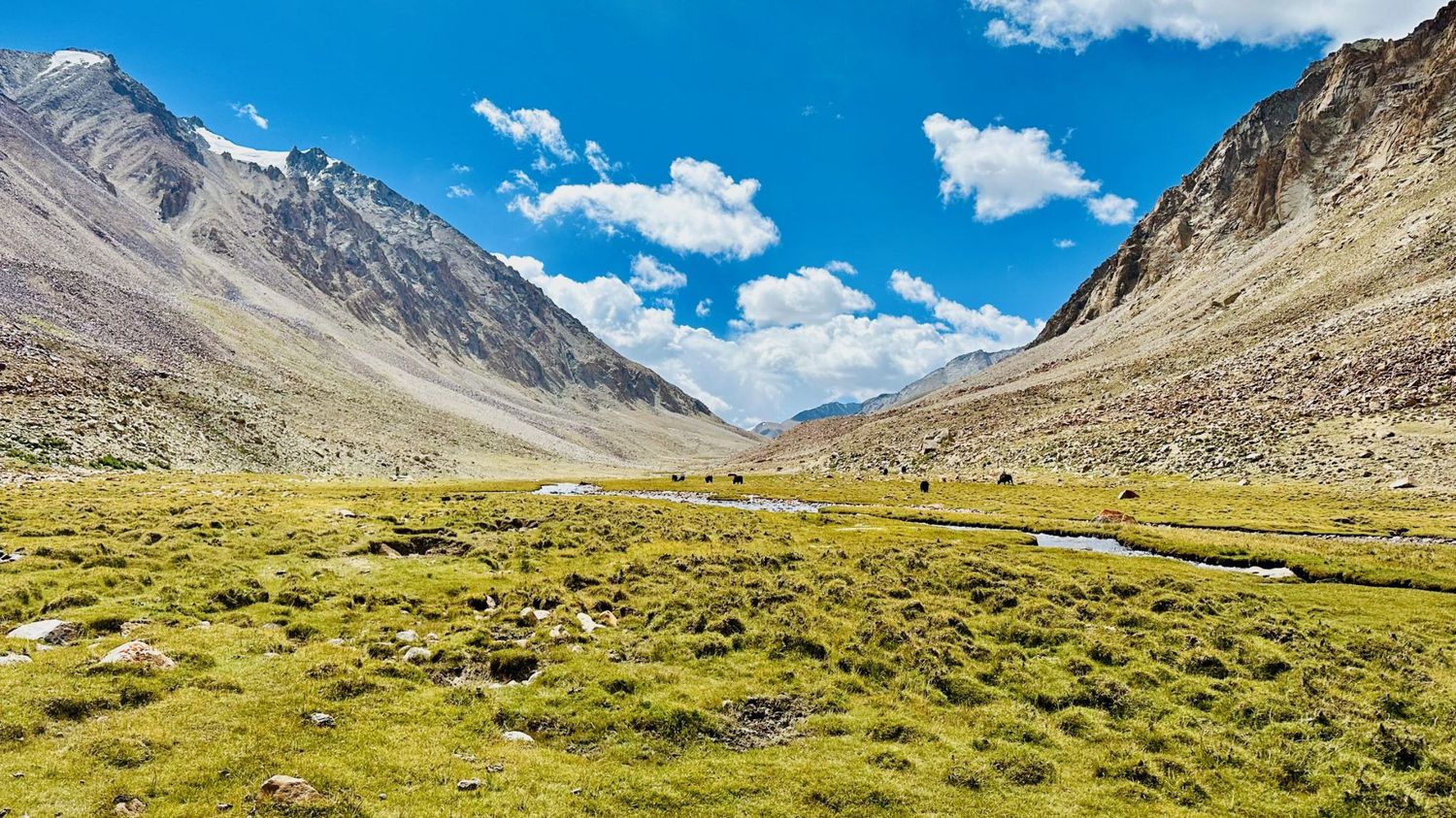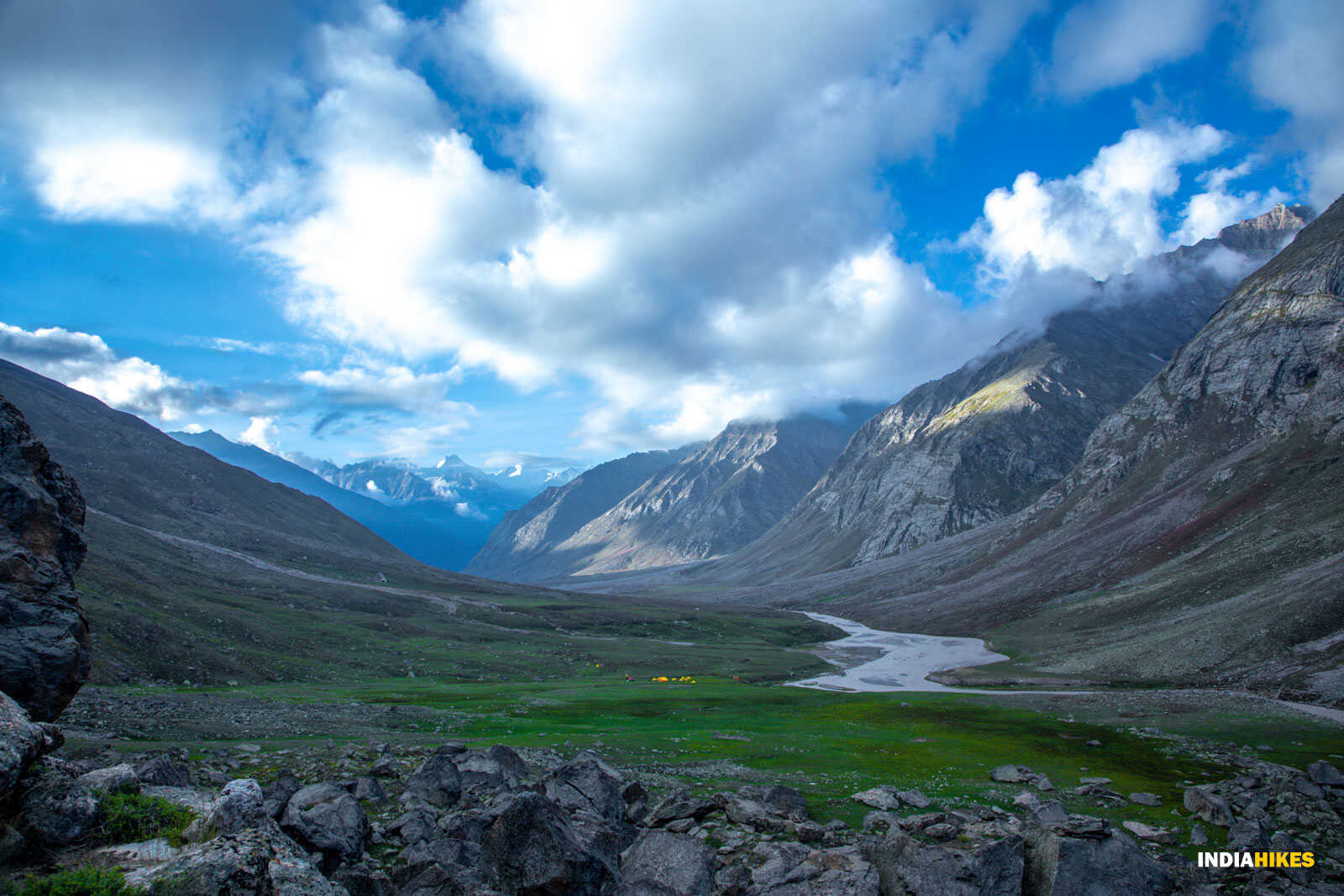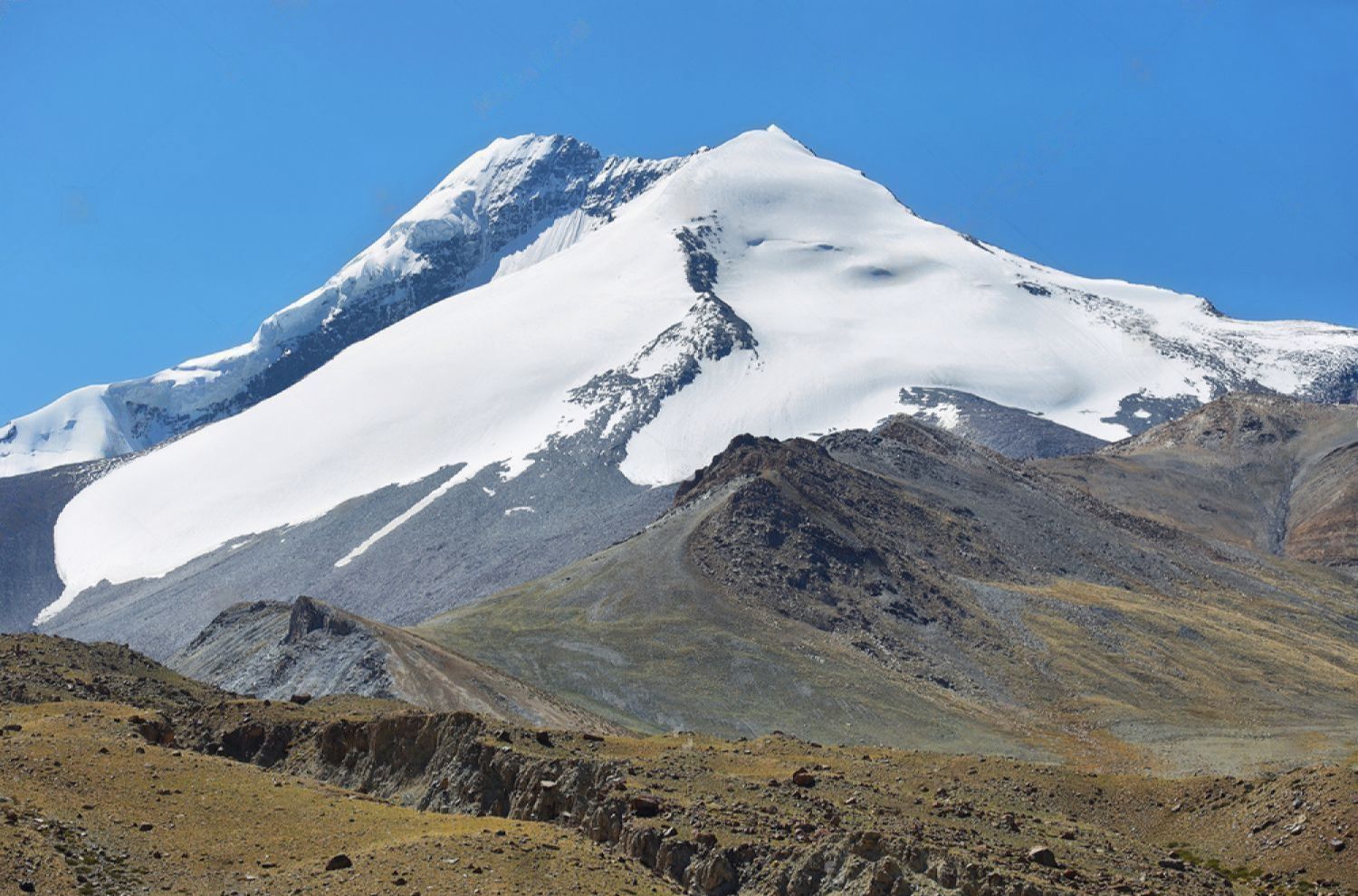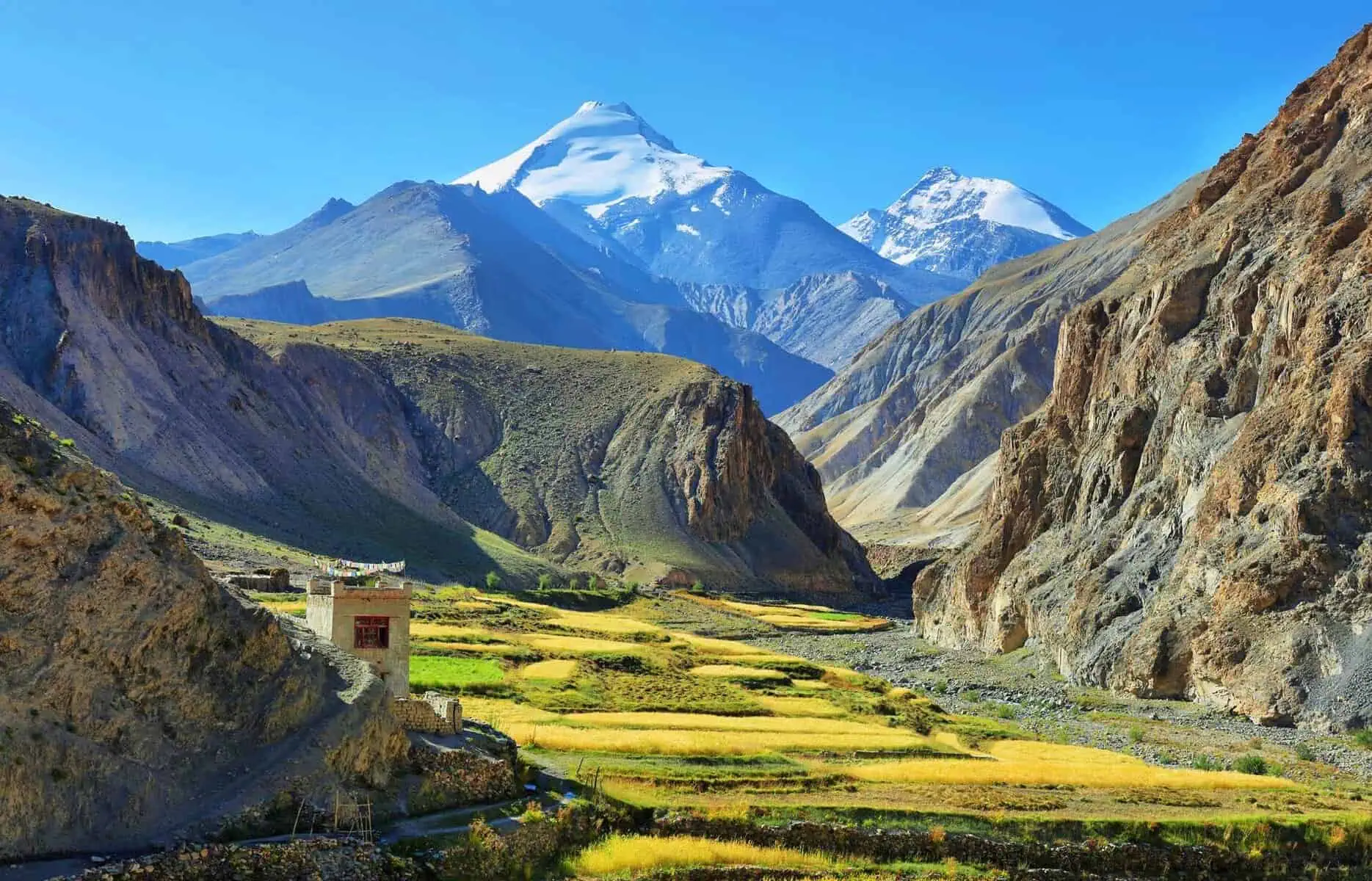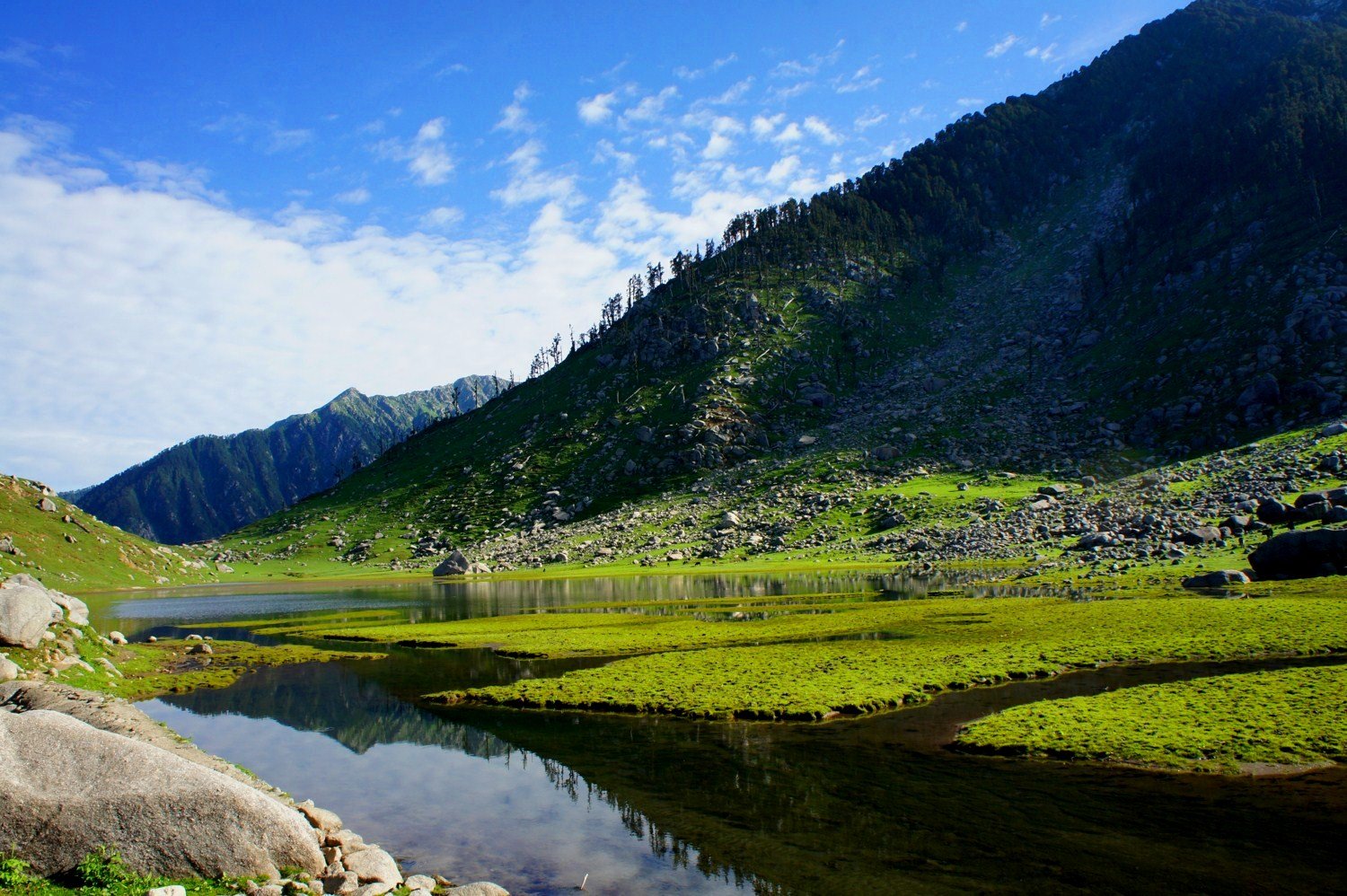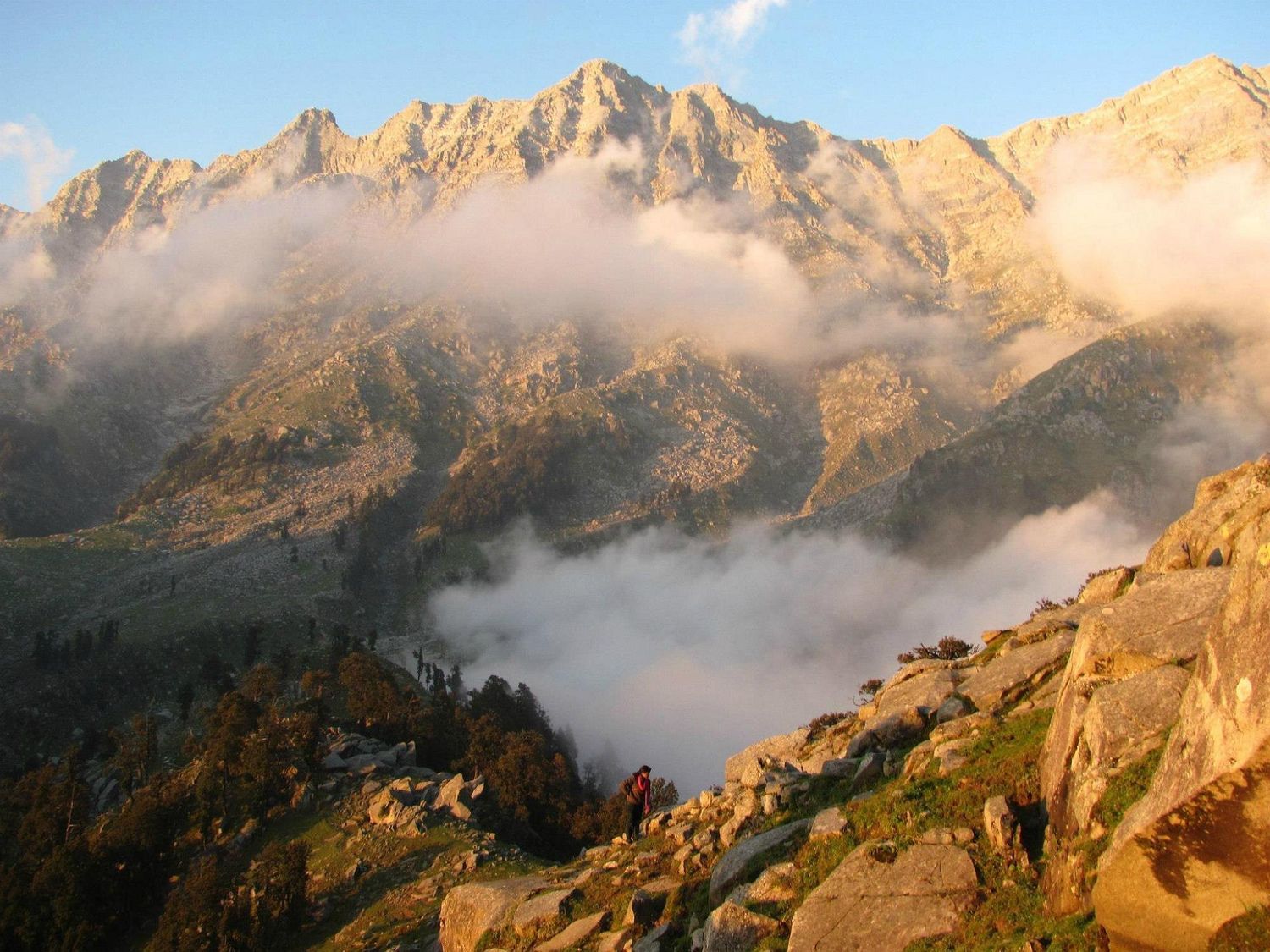Kashmir Great Lakes Trek: A Symphony of Alpine Beauty
The Kashmir Great Lakes Trek is often called the crown jewel of trekking in India. Stretching across seven to nine days, this trail takes you through alpine meadows, high mountain passes, and pristine glacial lakes that shimmer in shades of turquoise and emerald. With over a dozen stunning lakes including Vishansar, Krishansar, Gadsar, Satsar, and Gangbal, this trek feels like walking through a Himalayan paradise. The mix of raw adventure, untouched beauty, and cultural richness makes it one of the most rewarding treks in the Himalayas.
The Allure of Alpine Lakes
Each day of the trek brings you face to face with breathtaking high-altitude lakes, surrounded by snow-capped peaks and meadows bursting with wildflowers. These lakes change colors with the sunlight, creating a magical experience for trekkers.
Crossing High Passes
The trek involves crossing multiple high-altitude passes, each rewarding you with panoramic views of Kashmir’s rugged terrain and distant valleys. These climbs test endurance but are equally fulfilling for their beauty.
A Cultural Experience
Along the way, you encounter Gujjar shepherds with their flocks, offering a glimpse into the nomadic lifestyle of Kashmir. Their warmth and resilience add a human touch to the wilderness.
Why This Trek is Special
Few treks in India match the variety of landscapes, the number of alpine lakes, and the grandeur of Kashmir Great Lakes. It is both a physical challenge and a visual delight, making it a bucket-list trek for adventurers.
